
by Jim Roemer | Apr 22, 2017 | Climatelligence, Environment
On this Earth Day, think how absolutely absurd that the administration wants to shut down the EPA; more or less. The Nixon administration implemented the Environmental Protection Agency (EPA) 40 years ago. Its purpose is to help protect citizens from such things as acid rain and ozone.
What can you do for Earth Day?
Help yourself and the Environment on this Earth Day
Click the link above for a few things you can do to help yourself and the environment on this Earth Day
-Jim Roemer
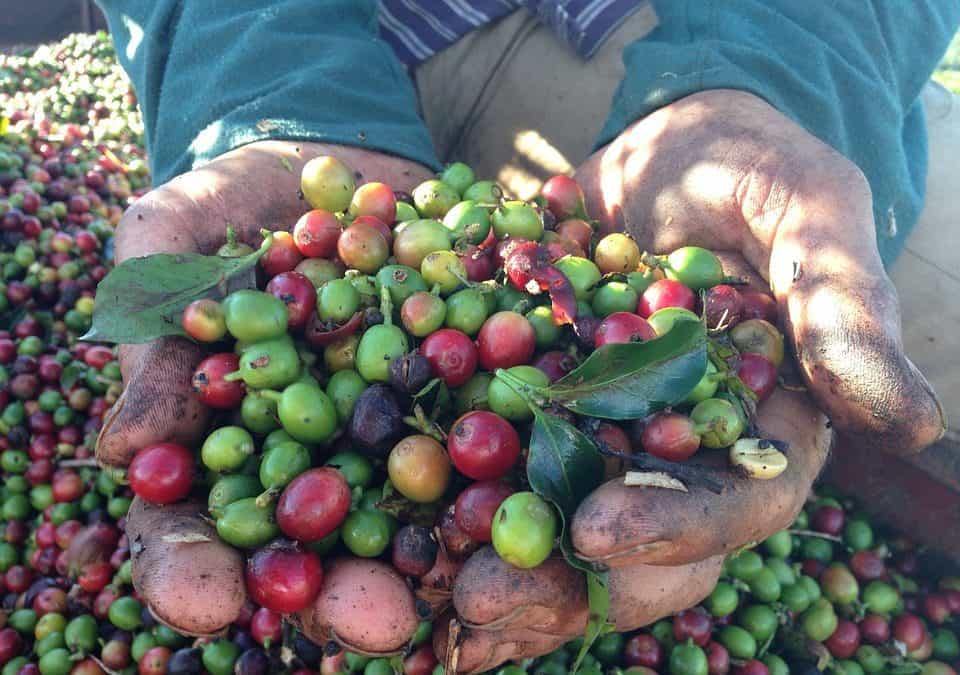
by Jim Roemer | Apr 21, 2017 | Climatelligence, Commodities, Forecast, Strategy
Coffee Falls
Coffee futures took a nose dive and dropped 8% in the past two days. The new unicorn frappuccino is not to blame. Instead, it is the Brazil harvest that is pressuring the market. This year, it will add to the global supply, despite being an “off-year” for the crop there. The trees have a natural cycle that typically leads to higher production every other year. This year, production is expected to fall over 15% in Brazil from last year. But given no urgent supply issues, traders are looking ahead and anticipating a massive Brazil crop in 2018. See price chart below:
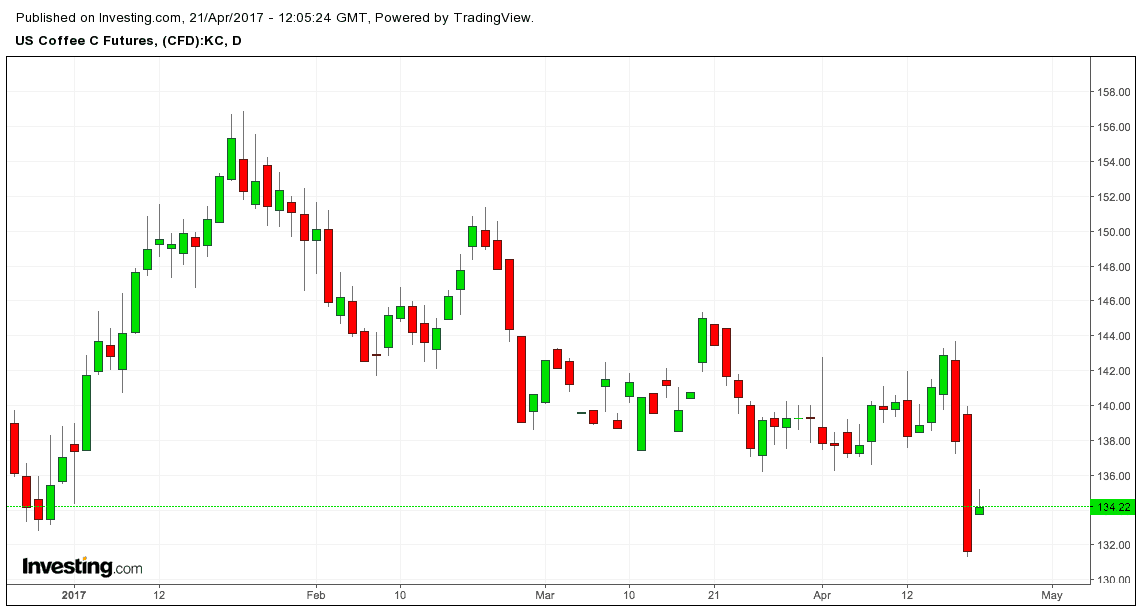
This move coincides with a seasonal move seen in most years. The Brazil harvest typically pressures the market even during off years. As a result, farmers process and sell more coffee beans, decreasing the global price. Commercial sellers of coffee potentially hedge their risk by selling coffee futures to lock in their price.
Continuing the Downtrend
Prices slid down ever since the dryness in Minas Gerias was limited by decent rains in late January. A stronger La Nina would have led to higher chance of drought for some of the southern growing areas. Colombia (worlds 3rd biggest produce) coffee areas were also spared most of the extreme flooding sometimes observed in La Nina years.
Jim says “It will take a Brazil freeze scare in the next few months (Brazil’s winter) to take us out of the doldrums.” He has been bearish most commodities as he mentioned in his interview in Bloomberg. Watch it here: https://www.bestweatherinc.com/on-air/jim-roemer-bloomberg-tv-31417/
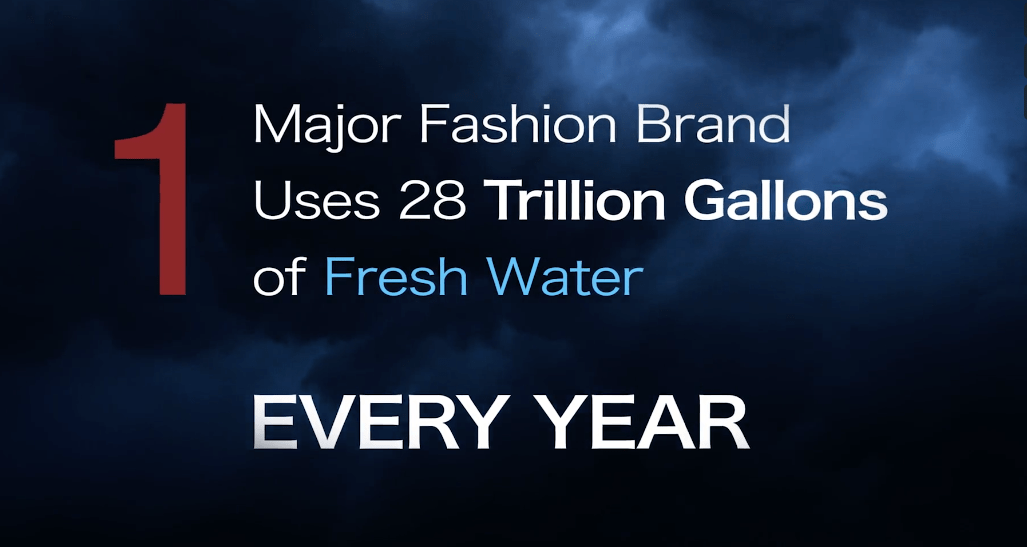
by Jim Roemer | Apr 3, 2017 | Climate, Climatelligence, Environment, Global Warming, Weather
I recently saw at the Sarasota Film Festival this movie. It was very powerful to me. Did you know some of the facts, below?
Following international river conservationist, Mark Angelo, RIVERBLUE spans the globe to infiltrate one of the world’s most pollutive industries, fashion. Narrated by clean water supporter Jason Priestley, this groundbreaking documentary examines the destruction of our rivers, its effect on humanity, and the solutions that inspire hope for a sustainable future.
Through harsh chemical manufacturing processes and the irresponsible disposal of toxic chemical waste, one of our favorite iconic products has destroyed rivers and impacted the lives of people who count on these waterways for their survival. RIVERBLUE brings awareness to the destruction of a some of the world’s most vital rivers through the manufacturing of our clothing, but will also act as a demand for significant change in the textile industry from the top fashion brands that can make a difference.
Jim Roemer
See the Trailer at the Bottom of the Page
CAN FASHION SAVE THE PLANET?
One of the first and most frequent questions that people ask us is, “Where can I buy clothes made in an ethical and eco-friendly way?” Fashionheroes.eco is our way to help answer that. Fashion Heroes has been started to offer a place for people to speak up about sustainable fashion, to learn more about brands that are taking steps in the right direction and to see how we can all participate to make wise choices in fashion, for the better of all people and the environment!
To find out more about some great brands and companies taking steps in the right direction, visit us at www.fashionheroes.eco
It’s time for us to demand that the clothes we wear are made in an ethical and environmentally sustainable way. Why start with denim? Because we all have and love our jeans, so let’s be the next, cleaner, Jeaneration!
* Over 1.2 billion jeans are produced annually worldwide.
* Approximately 450 million pairs of jeans are sold in the US per year, with over 70% of denim fabric production China, Indonesia and other Asian markets.
* According to Levis, 1 pair of 501 jeans takes 920 gallons of water to make. That’s a lot of water!
So why jeans? Because by focusing on one item we can make a difference.
What we buy does affect the lives of the people making them and just as we wouldn’t want our children to drink the toxic waste from jeans manufacturing, we can’t accept that for the children of those who are making what we buy. And let’s face it, the water from those rivers goes into the ocean and winds up in our water sources too.
There is hope! There are great companies out there who have designed several methodologies of jeans processing, some using laser and some using nano-technology, that is much less harmful to rivers and the people who use them. We will keep you posted with this information through our blog!
See the trailer of the movie, Below
Trailers
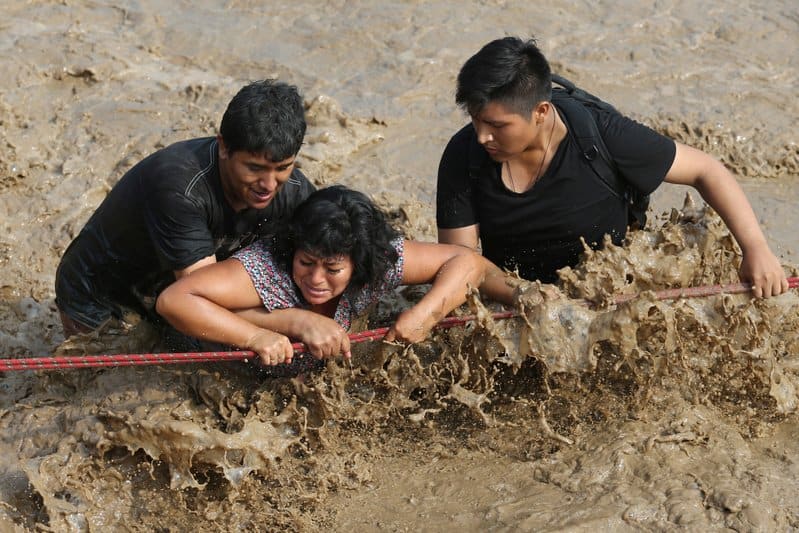
by Jim Roemer | Mar 29, 2017 | Climate, Climatech, Climatelligence, Forecast, Global Warming, Weather
The floods in Peru will continue in a series of historical events. Most global commodity regions around the world have escaped the severe weather. If rains were to move further south into the Chilean Copper Mines (desert region), this would be significant for copper prices. Right now, it is not an issue, however.
The situation in Peru is destroying thousands of years of their rich heritage. Click to the left (blue)
Our unique, long range forecast program CLIMATECH, predicted this flooding as early as last January. Below, you will see the global rainfall forecast from early January. More heavy rains are on the way. The forecast it made 2 months ago, used the warm Atlantic (AMO) and warming at Nino 1+2 off the coast of Peru, as El Nino conditions are slowly evolving.
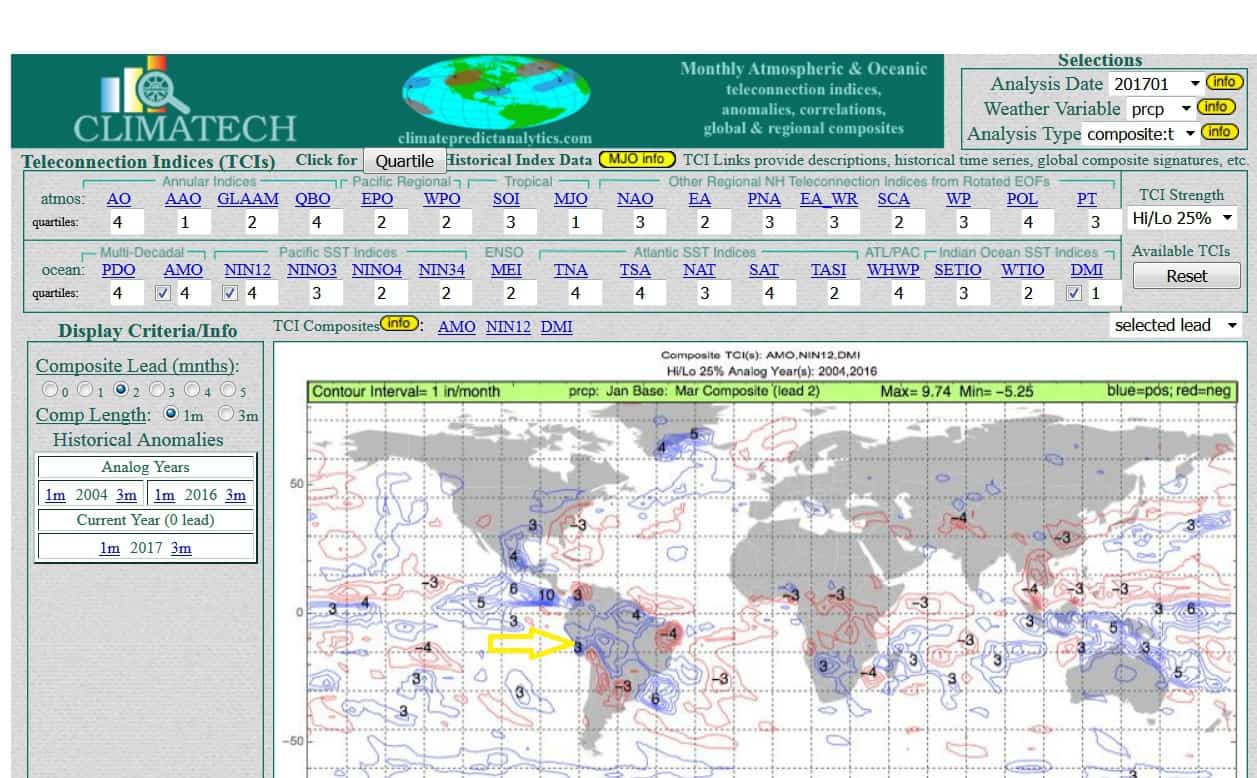

by Jim Roemer | Mar 22, 2017 | Climatelligence, Commodities, Global Warming, Weather
The latest report by the World Meteorological Organization (WMO) paints a disquieting picture of the state of global climate. The WMO releases a report each year, summarizing the weather that occured. The earth had rising sea levels and its warmest year yet, just edging out 2015. November saw the lowest global sea ice ever recorded. Carbon Dioxide concentrations pushed past the 400 ppm threshold in late 2015. As a result, these unprecedented observations are continuing to highlight the anthropogenic impacts on our climate system.
“We are now in truly uncharted territory.” David Carlson, director of the World Climate Research Program
Commodities affected
“Recently, we’ve experienced a warm winter in the U.S., flooding in California, freezes for European vegetables and record heat in Australia. The extreme weather has not impacted most agriculture commodities. However, this may change come the summer.” -Jim Roemer
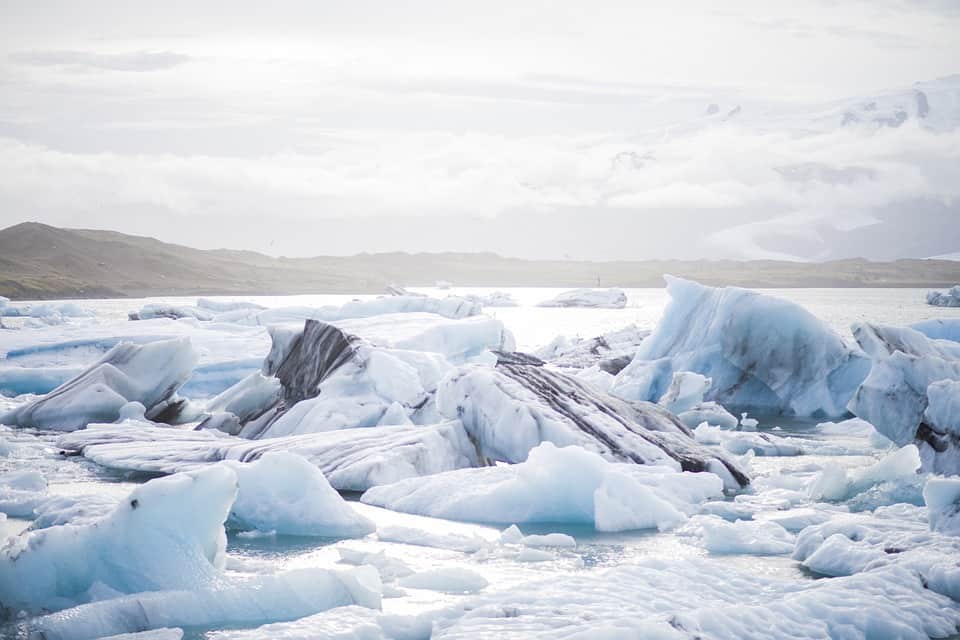
by Jim Roemer | Mar 13, 2017 | Climatelligence, Global Warming
Unprecedented heat in Antarctica
A new record high temperature for the Antarctica continent was observed on March 25th 2015. At the Argentine Research Base Esperanza, temperatures climbed to 63.5 degrees Fahrenheit. This station is located on the Antartica Peninsula, just south of South America. The World Meteorological Organization made the announcement last Wednesday, after a lengthy verification process. Their announcement comes on the heels of more recent climate change news in the South Pole.
Station successfully relocated, now closing for the winter
The British Antarctic Survey’s Halley VI station will close for the Winter, after just recently being moved 14 miles across the frozen shelf. The 13 week trek was necessary, as Chasm 1 had crept towards the previous location, as close as 6 km. In the new location, the “Halloween Crack” on the Brunt Ice Shelf is also threatening the station. The progression of this new crack caused the director to close the station of the southern hemispheric winter. The station will be closed for the first time since it opened in 2012. This is a good example of how Climate Change can impact day to day operations.









